August 4, 2025 | 04:25 GMT +7
August 4, 2025 | 04:25 GMT +7
Hotline: 0913.378.918
August 4, 2025 | 04:25 GMT +7
Hotline: 0913.378.918
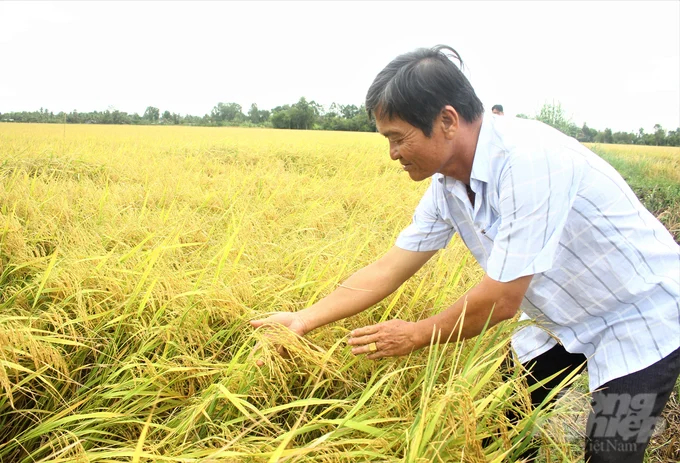
The alternating wet and dry smart rice cultivation model helps reduce emissions and protect the environment through strict implementation of reduced water usage, decreased fertilizer application, and pesticide spraying. Photo: Tuan Phat.
On July 3rd, the Tan Long Cooperative (Vinh Tuong commune, Vi Thuy district, Hau Giang province), in collaboration with Net Zero Carbon Joint Stock Company and several related enterprises, organized a conference to summarize the alternating wet and dry smart rice cultivation model (AWD) combined with measurement and purchase of emission reduction reports.
The model was implemented at Tan Long Cooperative during the summer-autumn 2024 rice crop, planting OM18 rice seeds on 4.2 ha for comparison with 1 ha of control fields cultivated using traditional methods by local farmers.
In this model, participating farmers meticulously followed 9 stages of the smart rice cultivation process, monitored and managed by Spiro Carbon's satellite. After over 3 months of implementation, the rice in the model was ready for harvest.
According to the implementing unit's evaluation, the model has brought many positive outcomes for farmers. Specifically, the rice yield in the model reached nearly 8 tons/ha, with an investment cost of around nearly $ 900/ha and profits of over $ 1,400/ha. In contrast, the control fields using traditional methods achieved a yield of nearly 6 tons/ha, with an investment cost of over $ 900 million/ha and profits of nearly $ 800/ha.
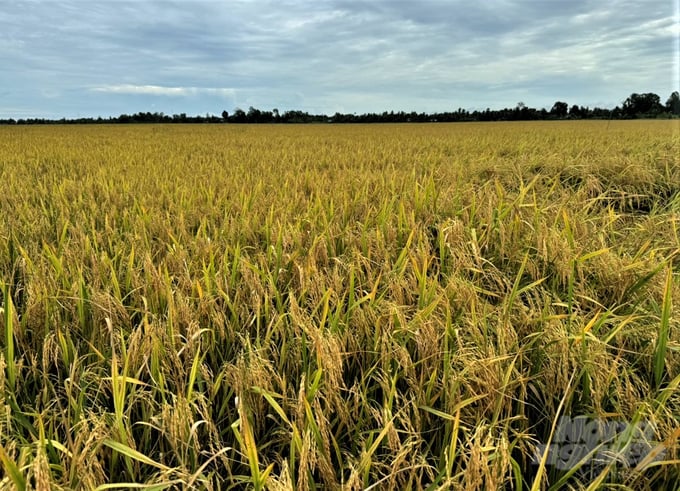
The alternating wet and dry smart rice cultivation model reduces investment costs, increases productivity, and boosts profits for farmers. Photo: Tuan Phat.
In addition to increasing productivity, reducing investment costs, and boosting profits for farmers, the alternating wet and dry smart rice cultivation model also contributes to reducing emissions and protecting the environment through strict implementation of practices such as reduced water usage, decreased fertilizer application, and reduced pesticide spraying frequencies.
During field surveys, many farmers noted that fields practising the model had shiny yellow grains, fewer instances of lodging, and significantly fewer empty husks compared to control fields.
Based on these achievements, both farmers within and outside the model are encouraged to adopt these practices in upcoming rice seaso
Translated by Hoang Duy
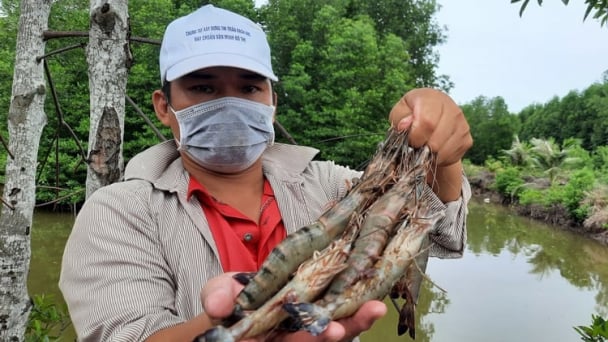
(VAN) To advance ST25 rice in a sustainable, circular, and green approach, Ca Mau is working with businesses to develop smart agriculture, use Glorin technology, and utilize mangrove forests.
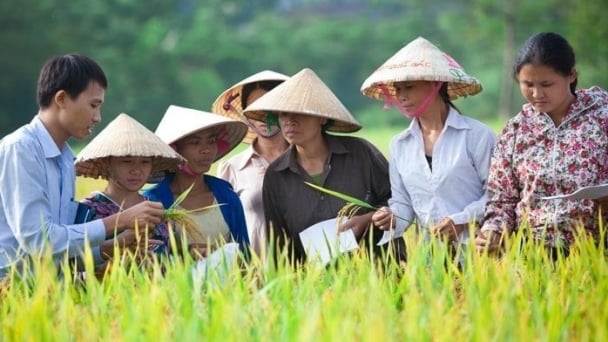
(VAN) CropLife International members commit USD 13 million to promote sustainable pesticide use in low- and middle-income countries.
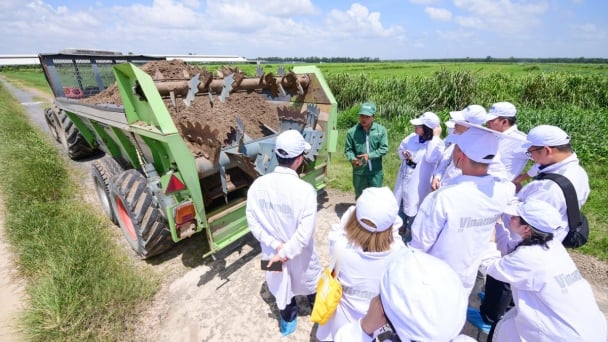
(VAN) Turning cow manure into organic fertilizer for 500 hectares of grassland, saving hundreds of millions of dong in electricity with green energy, and establishing a circular system for soil and water, etc.
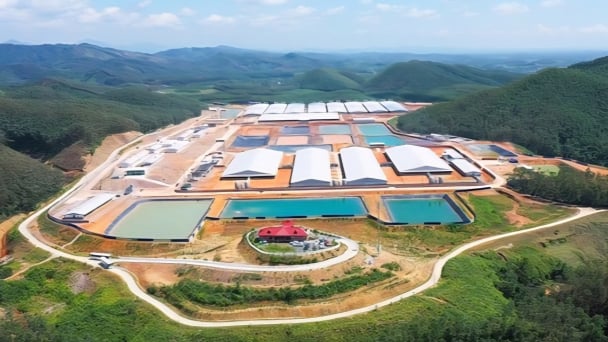
(VAN) Quang Ninh's livestock sector continues to shift toward a more centralized, large-scale model, with the application of high technology and enhanced biosecurity.
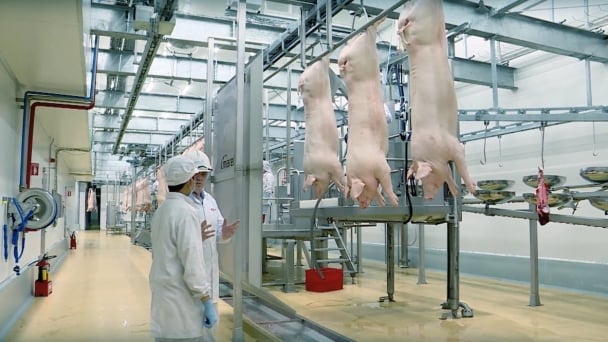
(VAN) Masan Group’s sustainable development initiatives focus on creating value for both the economy and social well-being.
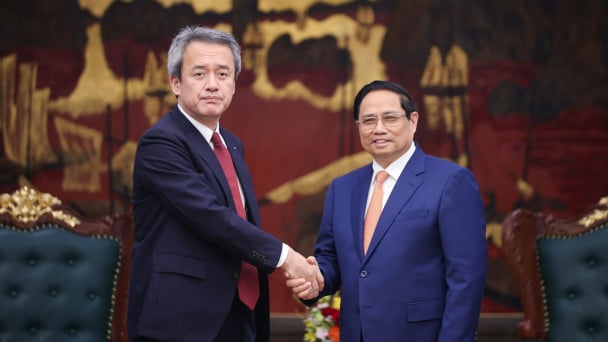
(VAN) Prime Minister Pham Minh Chinh proposed that Marubeni Group collaborate with Vietnam in the breeding of crop and livestock varieties, brand development, processing, and exporting of the country's primary agricultural products.

(VAN) Amid mounting pressure from the EU, the United States, and global corporations, domestic enterprises have started developing roadmaps to reduce emissions in order to secure export orders.